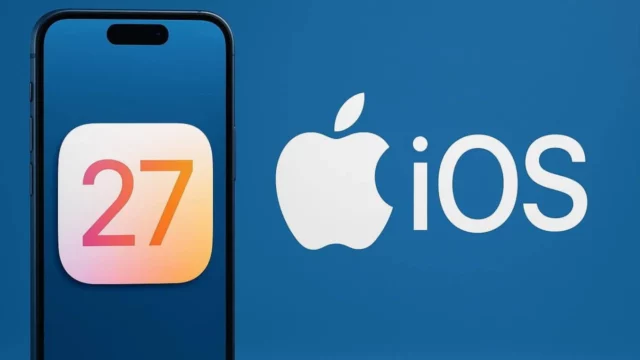Microsoft confirmed that its Azure platform experienced disruptions this weekend following undersea cable cuts in the Red Sea, a key route for global internet connectivity.
Azure traffic slowed through the Middle East

An update posted on Saturday revealed that Azure traffic moving through the Middle East may face increased latency. Microsoft said engineers had already rerouted connections through alternative paths to reduce delays, and they kept traffic outside the region unaffected.
Widespread regional impact reported
The incident reached beyond Microsoft’s ecosystem. Monitoring group NetBlocks reported that the Red Sea cable cuts disrupted internet services in several countries, including India and Pakistan. Pakistan’s state telecom confirmed the slowdown, citing damage near the Saudi city of Jeddah, and warned of interruptions during peak hours.
Here’s what’s been confirmed so far:
- Azure users in the Middle East face higher latency
- NetBlocks tracked outages across Asia and the Gulf states
- Pakistan’s telecom ties disruptions to the Red Sea cable cuts
- Traffic outside the region has been rerouted successfully
Why undersea cables matter for Azure
The vast majority of the world’s internet traffic moves through submarine cables, and people often call them the backbone of global connectivity. Yet they remain vulnerable to both accidents and sabotage.
The Red Sea has been a flashpoint before. In February 2024, several cables were cut in the same area, causing major slowdowns between Asia and Europe. At the time, Yemen’s government accused Houthi forces of planning sabotage, though the group denied involvement.
The Baltic Sea has also seen similar cases since Russia’s invasion of Ukraine, with both communication cables and gas pipelines damaged in suspected attacks.
Azure stability efforts continue
Microsoft says it is actively monitoring network performance and rerouting connections as needed to ensure stability. For businesses and governments relying on Azure, the incident underscores how quickly a handful of damaged cables can ripple across continents, reminding everyone just how fragile the global internet truly is.














